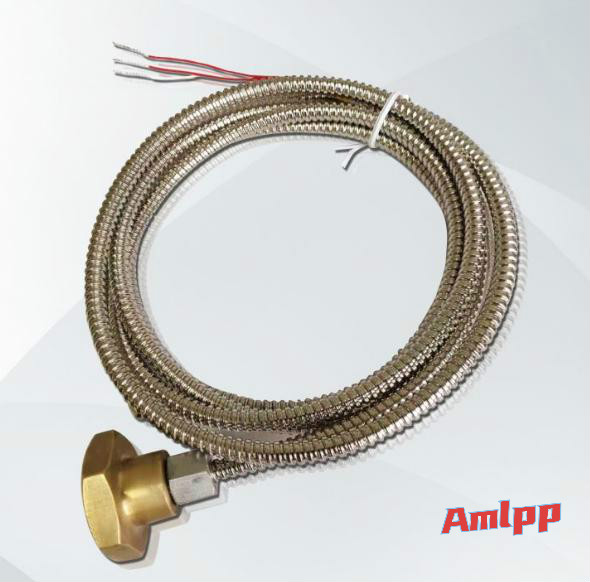Product name:Explosion-proof temperature sensor
Product introduction
Explosion-proof temperature sensor
The explosion-proof temperature sensor is divided into explosion-proof thermal resistance and explosion-proof thermocouple. It is generally used with supporting facilities such as digital display instruments and record dashboards. Immediately and accurately measure the temperature of liquid, vapor, and vapor substances and their solid environment temperatures within the range of 0 to 500°C where nitrogen oxide compounds and other explosions occur on the production site.
Explosion-proof thermal resistance (thermal resistance) uses the basic principle of air gap and explosion-proof, and the design plan has terminals and other components with sufficient compressive strength, and all components that will cause flames, electric isolation and risky temperature are sealed in the terminal cavity In the event of an explosion in the cavity, the fire can be stopped and refrigerated according to the gap of the joint surface, so that the flame and temperature after the explosion can not be transmitted outside the cavity, and then temperature measurement can be carried out.
Three standards that must be met in an explosion:
1) Flammable chemical substances: chemical substances that can reflect co2 (gas), including vapor, liquid and solid. (Vapor gas: radon gas, acetylene gas, methane gas, etc.; liquid: ethanol, motor gasoline; solid: smoke, chemical fiber smoke, etc.) 2) co2: gas.
3) Ignition sources: including fire, electrical equipment flames, mechanical equipment flames, electrostatic induction flames, high temperature, exothermic reaction, concentrating light, etc. 4) Classification of flammable risk vapors
5) According to the minimum flame kinetic energy that will be released, combustible vapors are divided into four dangerous levels in my country, Europe, and most countries and regions in the world. The vapors are classified as: I, IIA, IIB, IIC, and the vapors each means: methane gas, propane gas, butadiene gas, and radon gas.
Flammable and explosive chemical substances: Many manufacturing sites cause some flammable chemical substances. About two-thirds of the coal mines have flammable chemicals in the site; in the chemical industry, about 80% of the assembly workshop areas have flammable chemicals. co2: The co2 in the gas is ubiquitous. Ignition sources: Many electrical instruments are used in the process of processing. Various frictional spark discharges, mechanical equipment damage, flames, electrostatic induction flames, high temperatures, etc. are difficult to avoid, especially when common failures occur in instrument panels and electrical equipment.
In terms of objectivity, many industrial productions consider explosion standards on the spot. When the mixed concentration of flammable chemical substances and co2 is within the explosion limit, if there is an explosion source, an explosion event will occur. Therefore, it seems necessary to use the explosion-proof type.
According to the explosion-proof temperature sensor, the main temperature parameters of the manipulated target can be converted into electronic signals, which are sent to the display information, recorder and regulator, and the system performs inspection, adjustment and manipulation. In pharmaceutical factories, various flammable, flammable and explosive organic chemical vapors and vapors are often accompanied on the production site. If the general temperature sensor is used, it is very unsafe, and it is very easy to cause the natural environment vapor to explode. . Therefore, explosion-proof temperature sensors must be used in such places.
